The Legend of Zelda: Ocarina of Time hardly needs introducing – it’s one of the most well-known, well-regarded games of all time. It’s hardly surprising that many of us want to revisit this classic, whether it’s to relive old memories or experience a piece of video game history first-hand – and with Ocarina of Time being one of this month’s Games of the Month, it’s the perfect time to jump in.
But in 2024, we have many different ways to play this game – which one should you pick? We’ll go through all the options right here, starting with the N64 original.
![]()
Booting up the original version of Ocarina of Time, you can feel the growing pains of early 3D. The low resolution isn’t much of a problem (and can be upscaled on an emulator), but the ‘cinematic’ 20fps framerate is well below modern standards and can be difficult to readjust to.
The real killer, though, is just how slow the text boxes crawl. The game was made for children, sure, but it’s painful to watch text slowly creep across your screen with no way to skip the crawl. Every NPC interaction and item pickup drags on far longer than they ought to because of this, and it’s no surprise that almost every future version of Ocarina of Time speeds up the text.
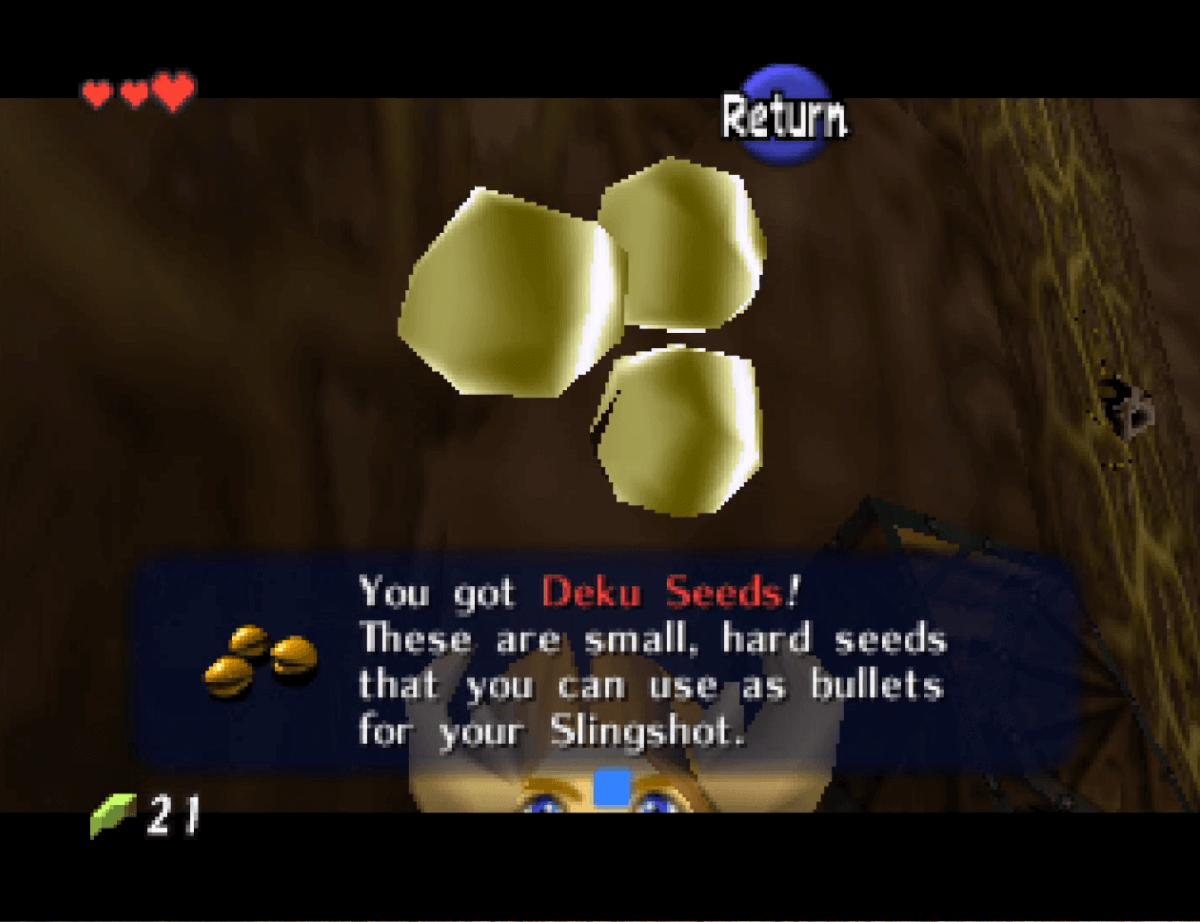
These text boxes crawl.
Fortunately, there is a patch for the N64 version of this game called Ocarina of Time Redux. It’s super simple to install with an online tool, and it comes with a bevy of tweaks and improvements, such as updated character models, double the text speed (hooray!), mapping certain items to the D-Pad, and a lot more. If you’re going to play the N64 version, use this romhack.
But why pick the N64 version? If you enjoy playing on original hardware, of course, you don’t have much of a choice – but the N64 version is also a good choice for lower-end handhelds like the RG35XX H. It’s also the only version you’ll get your hands on if you want to go via official Nintendo means, as Nintendo Switch Online only offers the original version.
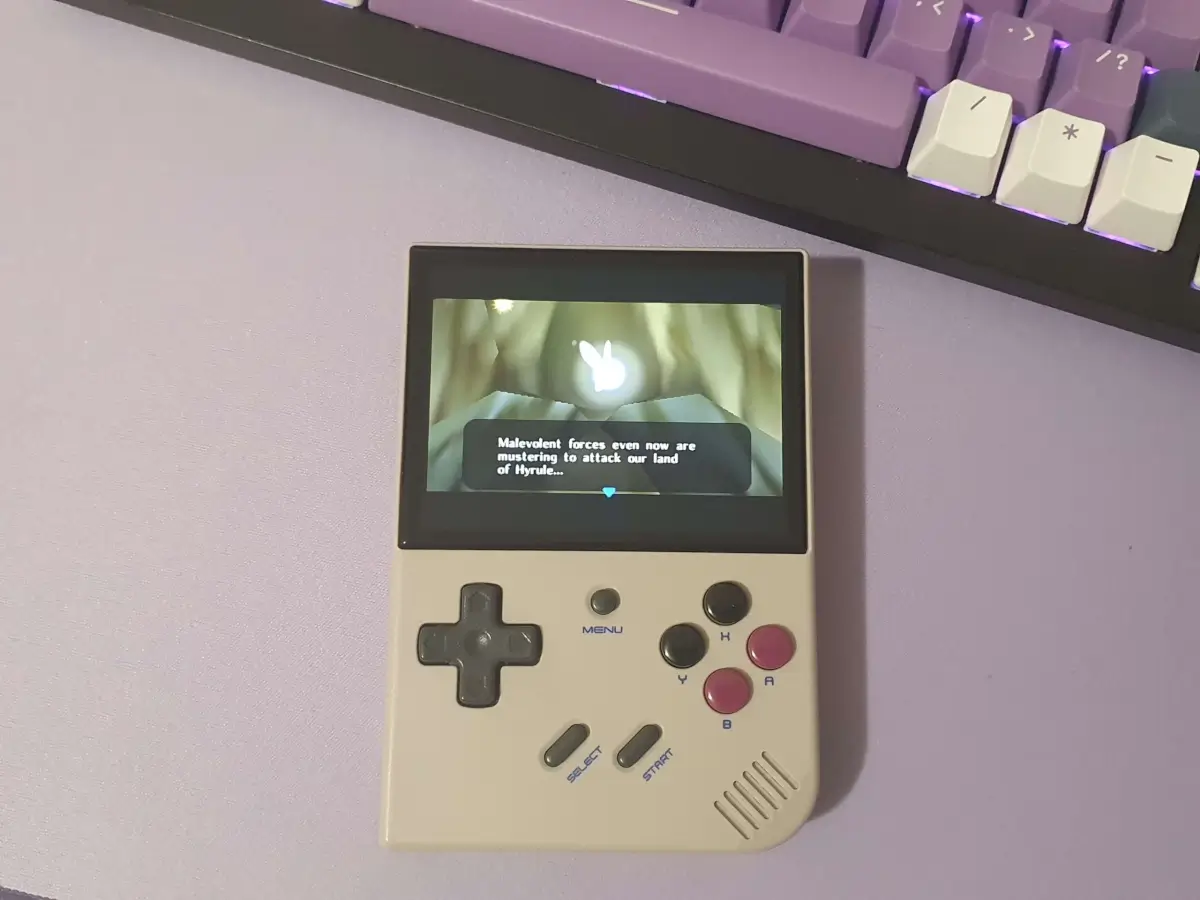
Even the cheapest handhelds nowadays can run N64 games. Wild.
Next up is the GameCube re-release of this game. There’s not much reason to go back to this one unless you happen to own a copy of the Zelda Collector’s Edition disk, or you just want to play on a GameCube. Emulating the GameCube version seems like a waste since it’s just a copy of Ocarina of Time running in an emulator anyway. If you have a copy of the GameCube version, you can follow this guide to dump the N64 ROMs from it. From there, I’d suggest just running it in an N64 emulator, as this will be much less taxing on your hardware for the exact same experience.
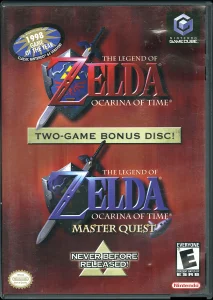
Exclusively released as a pre-order bonus for Wind Waker.
Ocarina of Time 3D was one of the first games released on the 3DS and was highly regarded as a faithful port. All of the textures and models have been redone in a new art style, with higher polygon counts, and generally, the game looks fresher and more modern now.
I had a bit of a moment when I booted this version up on my Odin 2 for the first time. I haven’t messed around with much 3DS emulation, since I already have a 3DS – but seeing this game run so smoothly, upscaled to 1080p, just felt great. It hits differently when you’re running the games you really grew up with, y’know?
Anyway, this version of the game has some gameplay improvements as well. Text boxes run much faster than the original, gyro aim is natively implemented (which makes some parts of the game almost trivial now), and the 3DS’s second screen is fully utilized, with hotkeys and touch buttons galore.
Unfortunately, this is what brings down the 3DS version of the game. Without some complex and clever control setup, you’ll be constantly switching between screens to check maps, change items, and even access some of your assignable item hotkeys. If you’re playing on a 3DS, then this UI is a big time saver – if you aren’t, it tends to get in the way.
The latest version of Ocarina of Time to release is a bit different. Ship of Harkinian is an unofficial native port of OoT, available for Windows, Linux, MacOS, and Android. (UPDATE: Ship of Harkinian recently recieved a PortMaster port too, so all your favourite RK3566 devices – or anything else that supports PortMaster – can run the best version of OoT you can get!)
Performance is silky smooth – you should be able to get a full 60fps on any handheld worth its salt. It works well enough on T618 devices like the Retroid Pocket 3+ that our setup guide was made on one. It supports resolutions up to twice whatever your native resolution is, and it supports any aspect ratio you can throw at it.
Setting up Ship of Harkinian is super simple. The guide linked above will have more information, but it’s as simple as getting the correct ROM, renaming it, then pointing SoH to it at startup and letting it do its thing.
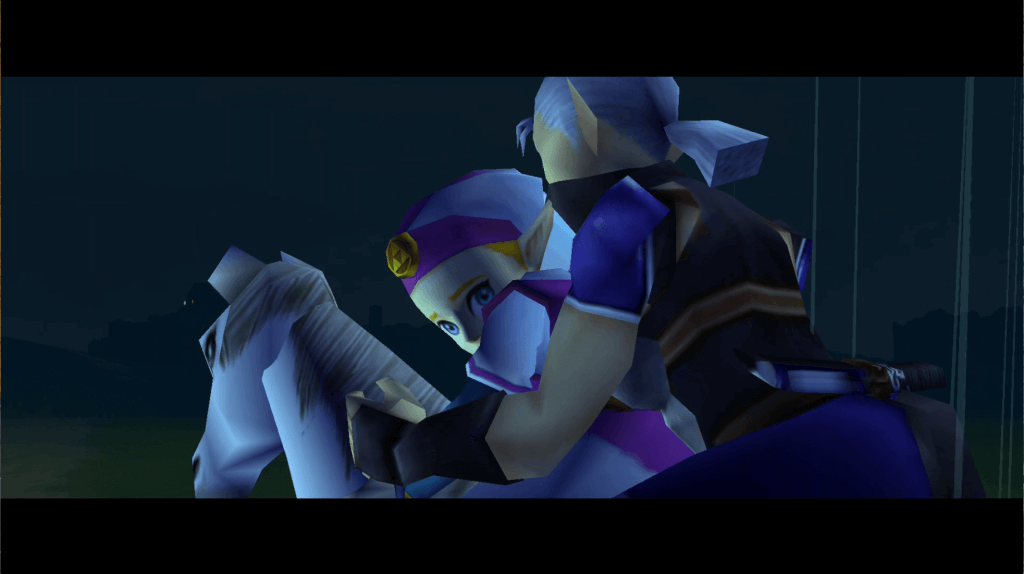
1080p widescreen, running natively.
In terms of tweaks and customisability, Ship of Harkinian just can’t be beat. It has a bunch of quality-of-life improvements built right in, with four different preset options to get you the experience you want as simply as possible. Everything is individually toggleable and adjustable too, if you want to get your hands dirty.
It’s also got all the mod support any good PC game ought to have, and installing mods is as simple as dragging and dropping files into a folder. This way, you can load in HD textures, new updated custom models for NPCs, characters, and items, and you can live out every introverted nerdy ’00s boy’s dream – becoming Master Chief.
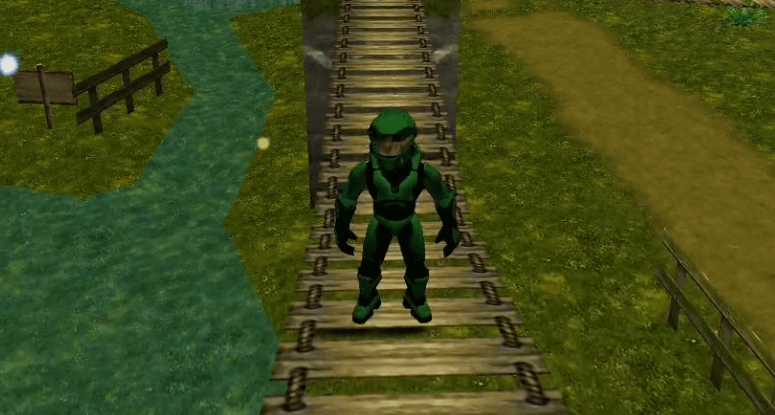
“Chief, mind telling me what you’re doing in Kokiri Forest?”
So, there are a bunch of different options available to you in 2024 if you’re looking to boot up Ocarina of Time. In the end, though, it’s hard to deny that Ship of Harkinian is probably the best experience you’re going to get on modern hardware. If you’re playing on a 3DS, then go with the 3DS version. If you have low-end hardware or are playing on original hardware or an FPGA system, go with the N64 version (with the Redux patch, if you also can’t stand that terrible text speed).
If you end up going with a different version, though, I certainly won’t judge. After all, the best version of a video game is the one that you actually play – and any way you play it, Ocarina of Time remains an absolute classic that deserves your time.
What did you think of this article? Let us know in the comments below, and chat with us in our Discord!
This page may contain affiliate links, by purchasing something through a link, Retro Handhelds may earn a small commission on the sale at no additional cost to you.
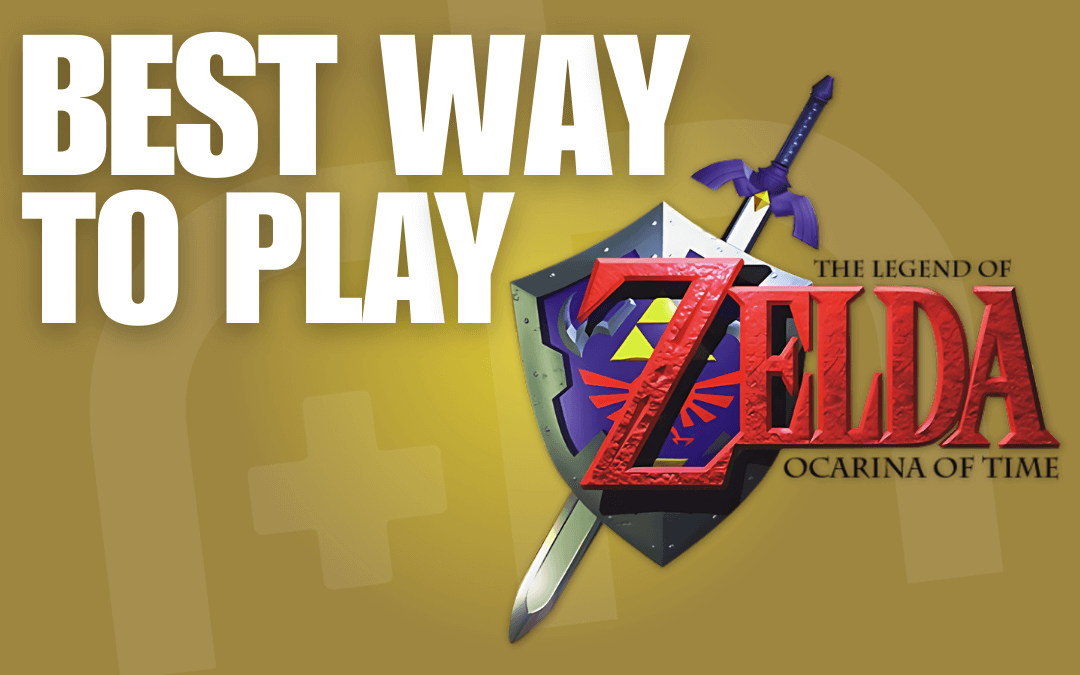
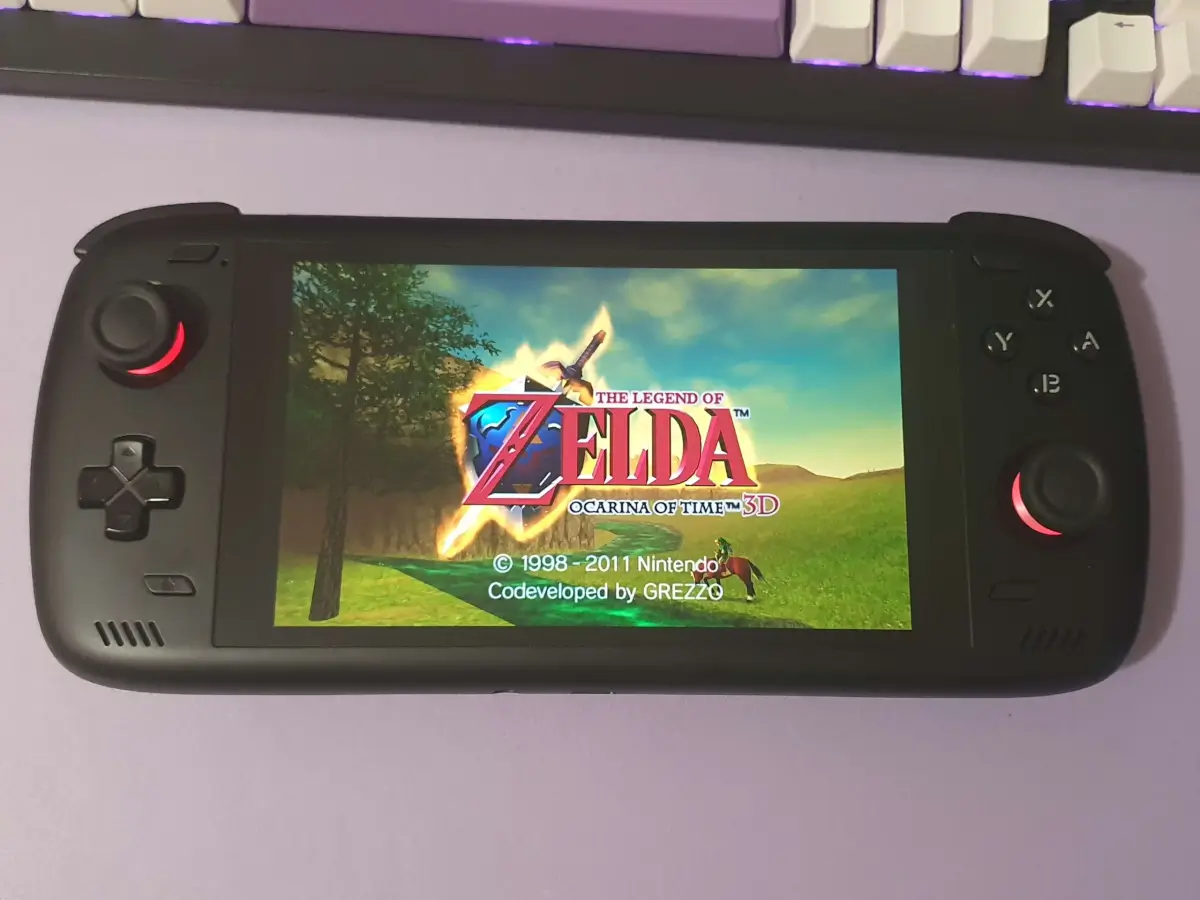
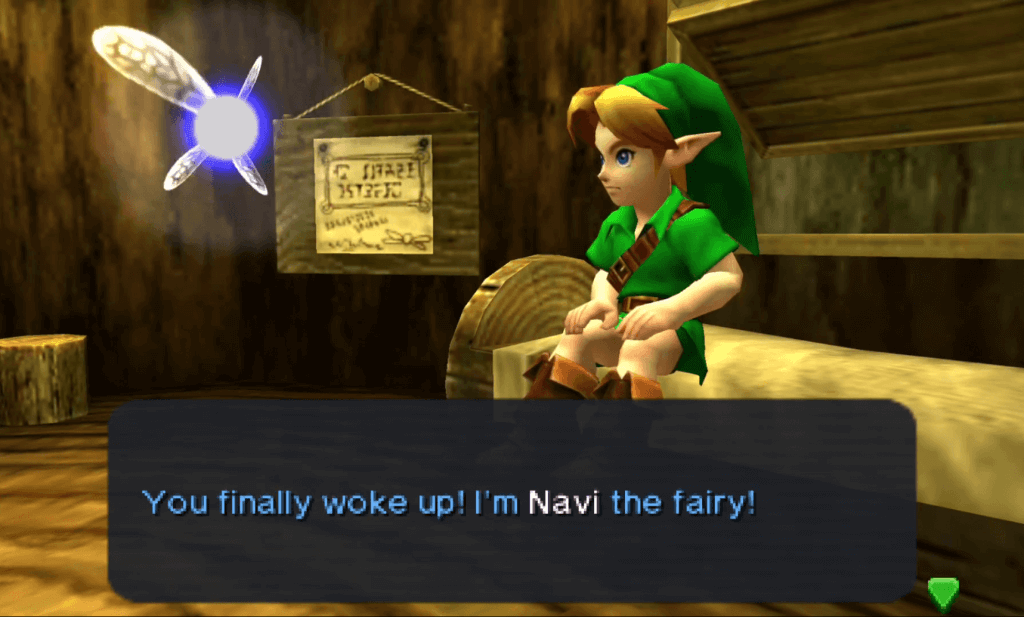
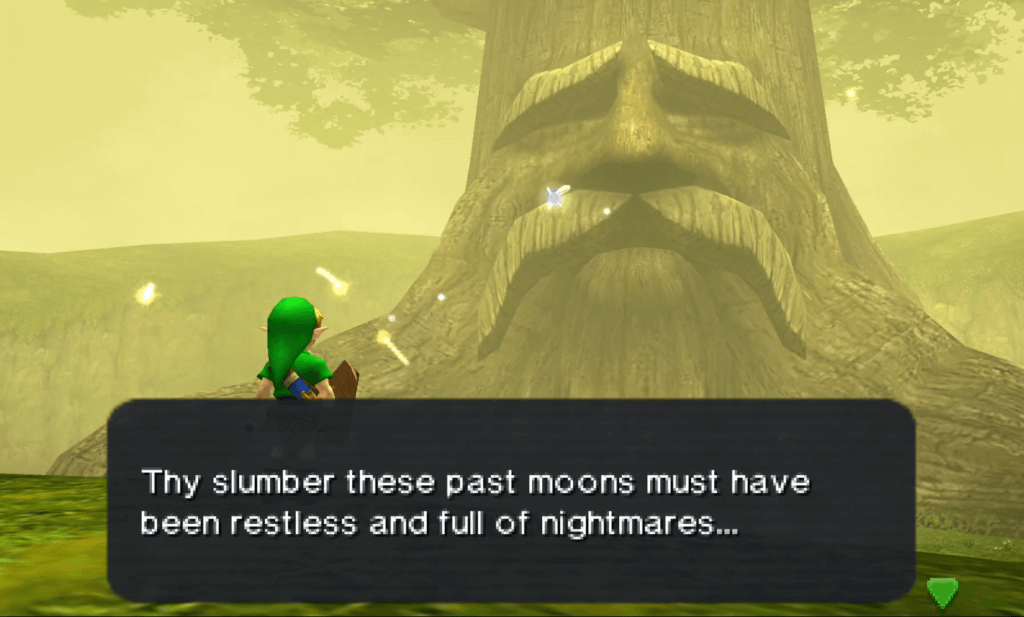
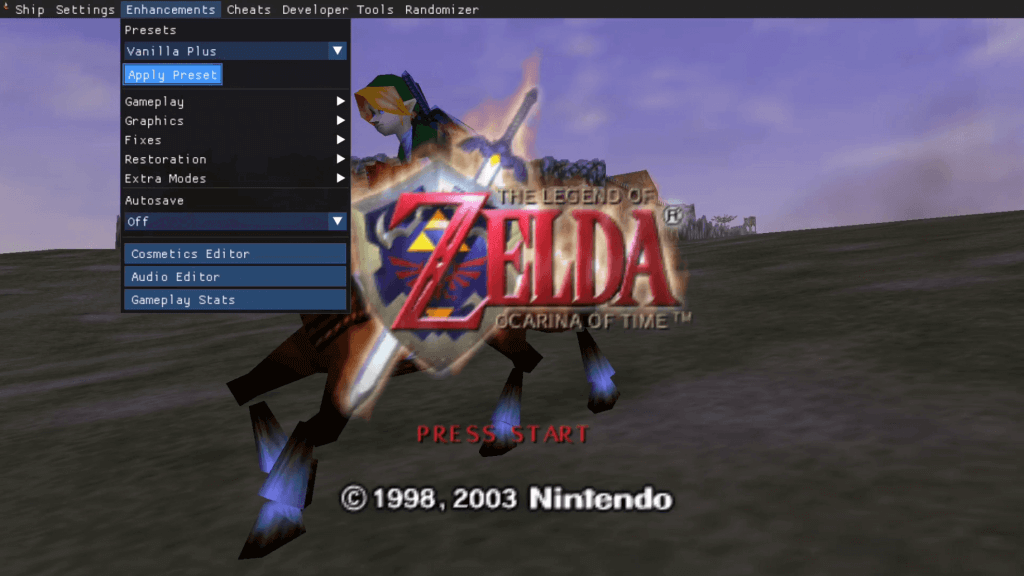
You’re forgetting meta quest 3 ocarina of time in 3DS full 3D. It’s amazing!!
Yeah, 3DS emulation on Quest is something we ought to cover sometime. The 3D effect you can get in VR is great!
Unfortunately the problems with the touchscreen buttons remain, since you have to swap from your controller to a Quest controller to tap on the buttons (or rely on the Quest’s shaky approximation of touch input). If that’s something you can look past, though, it’s definitely a great option!
I wonder if we’ll ever see a VR port of Ship of Harkinian.. That’d be something.
And Citra on android phones with stereoscopic 3D mode set to Cardboard VR lol